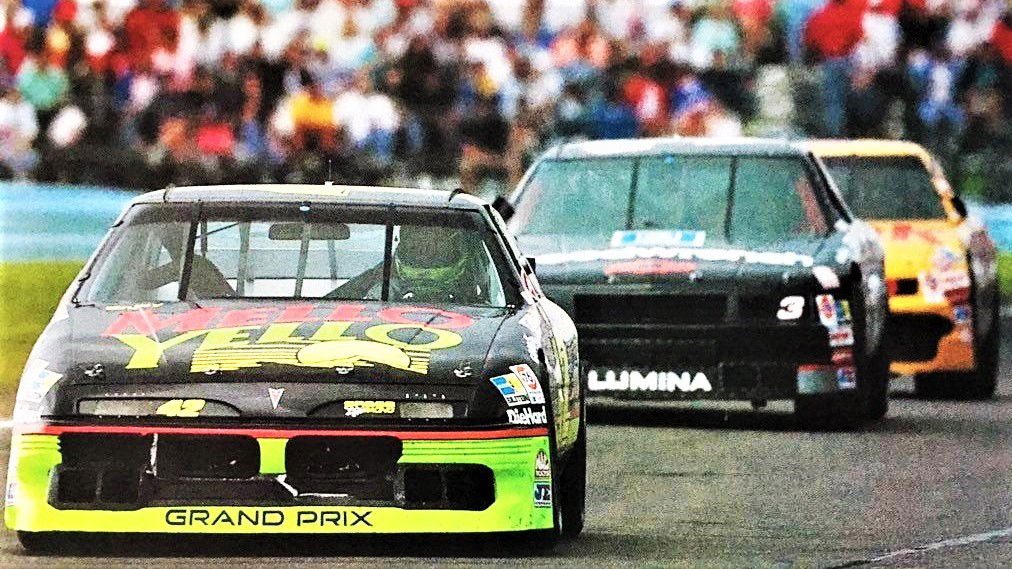
Imago
@LegendsNascar/X

Imago
@LegendsNascar/X
Not long ago, in one of NASCAR’s most electrifying moments, fans watched in collective disbelief as a car pirouetted through the air at Daytona, defying gravity in a spectacle nobody hoped to see repeated. That was Ryan Preece’s second Daytona flip, a scene that was raw and unsettling, prompting a flurry of backstage innovation and calls for heightened safety. Daytona, where racing becomes both art and unpredictability, has seen its share of airborne incidents, pressing officials and engineers toward ever-smarter countermeasures. A new attempt is in the works to control that unpredictability.
Watch What’s Trending Now!
For NASCAR, each flip isn’t just a viral highlight; it’s a rallying cry to forecast what’s next in superspeedway safety. As teams gear up for the upcoming Coke Zero Sugar 400, the focus quietly shifts backstage to newly minted rules, a wave of technical advances, and silent tests that could decide how the next dramatic twist will unfold on these storied asphalt lanes.
ADVERTISEMENT
NASCAR’s new A-Post flap setup and reaction
With a series of headline-making blowover crashes such as Ryan Preece’s multi-flip spectacle in recent Daytona events and Corey LaJoie’s airborne scare at Michigan, NASCAR’s leadership decided on an aggressive technical response for 2025. Announced in a fresh rules bulletin, the Cup Series cars at superspeedways like Daytona, Talladega, and Atlanta will now sport a tethered A-post flap, an aerodynamic innovation positioned adjacent to the windshield designed specifically to break up turbulent flow and reduce the risk of flipping at speed.
The new A-Post flap is scheduled to make a debut at Daytona next week. pic.twitter.com/cmydHmxkaV
— Bozi Tatarevic (@BoziTatarevic) August 17, 2025
The mechanics are direct and purposeful: The A-post flap, held in place by magnets and connected to the traditional roof flaps via a cable, will deploy automatically when a car begins to spin at high speed. As soon as airflow disturbance triggers the roof flap, the cable yanks open the A-post flap, throwing a barrier into the very airstreams that would otherwise lift the car. NASCAR describes the purpose succinctly: “to help keep cars on the ground.” This auxiliary safety layer operates in the moments when existing flaps alone might not be enough, especially during the initial, most violent phase of a spin.
ADVERTISEMENT
Dr. Eric Jacuzzi, NASCAR’s vice president of vehicle performance innovation and aerodynamics, shared, “Our belief is that by reducing lift early in a spin, we can maintain better tire contact with the ground, which aids in slowing the car down—this is advantageous for us.” He emphasized that the device was the result of rigorous studies, wind tunnel sessions, and an urgent reaction to shortcomings exposed by recent flips. “It has proven to be extremely effective,” Jacuzzi said, reflecting on how the design evolved from a concept to mandatory track hardware in under a year.
Driver reaction acknowledges the uncertainty that comes with so little practice or precedent. Daytona pole-sitter Michael McDowell admitted, “We got a tiny little bit of information, but even that in a wind tunnel by itself isn’t a real indicator of what it will be like in the pack. I don’t think anybody knows.” William Byron, winner of the Daytona 500, added, “Any aero change does [make a difference]. We’ll see how the cars suck up. Every situation is different, and that’s what’s hard about superspeedway racing, as rules packages change.”
The new setup isn’t simply a matter of swapping old parts for new.
ADVERTISEMENT
Teams must retrofit cars by modifying the greenhouse structure: cutting slots for tethers and release mechanisms, and drilling to mount latch cable blocks. This means the transition requires resources and coordination, but is already underway for the upcoming Daytona event.
Top Stories
Kyle Busch’s Future in Limbo As Richard Childress Admits Exit Plans Amid NASCAR on Sale Rumors
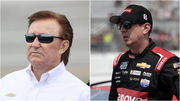
Charter Lawsuit Updates: Rick Hendrick’s ‘Rejected’ Email Plea Unveils Dark Side of NASCAR Operations
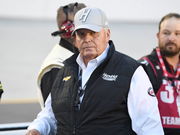
NASCAR Behind Kurt Busch’s Retirement? Truth Comes to Light In Court After Michael Jordan’s Warning

Richard Childress Echoes Heather Gibbs’ ‘Gun to the Head’ Claims as He Exposes NASCAR’s Charter Negotiations
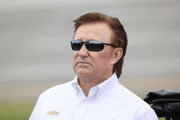
“He Wanted to Ki** Me”: Kyle Larson Recalls Terrifying Moment When Veteran Rival’s Crew Stormed Him After Trash Talk
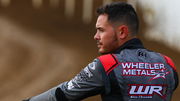
Daytona overshadowed by weather warnings
As the excitement builds for the NASCAR Coke Zero Sugar 400 weekend at Daytona, the event’s limelight is facing an outdoor challenge of a different kind, inclement weather and hazardous ocean conditions along the Southeast Coast, including Daytona Beach. Local weather reports and official warnings are urging attendees and early visitors to exercise caution due to extremely high surf and dangerous rip currents that could pose serious safety risks on the beaches. A prominent weather reporter alerted via social media, “Very high surf & dangerous rip currents will be the primary concern for the Southeast Coast. Any early visitors to @DAYTONA for the @NASCAR #COKE400 weekend need to be mindful of this at the beaches.”.
ADVERTISEMENT
The southeastern coastline near Daytona is currently experiencing a volatile weather pattern marked by persistent high waves and strong rip currents, conditions known to be treacherous even for experienced swimmers and beachgoers. With Daytona Beach historically seeing about 16 rainy days and heavy humidity during August, visitors should be mindful that the beach environment during the race weekend will be far from the ideal leisure setting many anticipate.
Emergency management officials and meteorologists advise everyone arriving early for the NASCAR festivities to heed caution around the water, stay updated on local weather alerts, and avoid swimming in risky areas. The rip currents are strong enough to quickly pull swimmers out into deeper waters, and the large surf conditions make shoreline activities potentially dangerous.
While the race itself will continue on the famed Daytona International Speedway, these natural elements threaten to overshadow the fan experience off-track, where many gather to enjoy more than just asphalt thrills. The weather reminder serves as a crucial note that the iconic beach city is grappling with its hazards at the same time it plays host to high-speed drama.
ADVERTISEMENT
For the thousands of fans planning tailgates, beachside hangouts, or simply soaking in the atmosphere, understanding the risks posed by the ocean is just as important as watching the skies for any race-day weather. The interaction between rough seas and NASCAR’s showdown creates a dual narrative: adrenaline on the track and vigilance on the shore. This blend makes the 2025 Daytona race weekend a stark reminder of the unpredictable forces, both mechanical and natural, that shape this legendary motorsport pilgrimage.
ADVERTISEMENT
ADVERTISEMENT
ADVERTISEMENT

